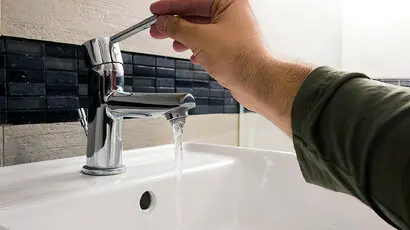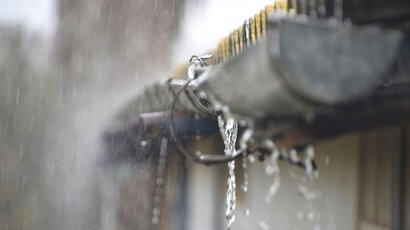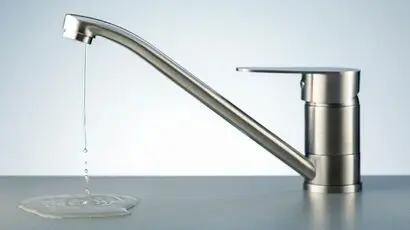How Accurate Is Leak Detection?
Need to know the accuracy of leak detection? Then take a look at this informative guide. We explain how leak detection works and the accuracy and benefits of using this method.
If you spot stained walls, puddles under the sink, or catch a musty smell, like water dripping from a tap, you probably have a hidden leak on your hands.
Honestly, water leaks can be a nightmare for Australian homeowners. Not only do they inflate water bills, but they also wreak havoc on property. And, as frustrating as leaks are, finding them can be even more exasperating.
That’s when digital water leak detection comes into the picture. If truth be told, leak detections are a saviour for homeowners in times of emergency. Detection techniques can detect leaks everywhere, whether the burst pipe underground or the pipe behind the wall.
But, if you’re wondering whether these techniques are accurate, there’s good news for you. Leak detection methods are pretty accurate, and that’s what we’ll be discussing in this guide.
So, grab a seat and keep reading as we dive into the details.
Regardless of their size, water leaks are a nuisance. And when it occurs, it calls for immediate detection. However, locating leaks is pretty challenging for homeowners. It’s impossible to detect the source of a leak with the naked eye. And that’s when a leak detector is handy to see the start of leaks.
Speaking of accuracy, these techniques are accurate. If not 100%, they have an accuracy rate above 90%.
Water leaks aren’t always easy to spot. The sound of trickling water is a classic giveaway, but there are other clues to watch out for, especially in the bathroom or kitchen. Let’s explore what to look for.
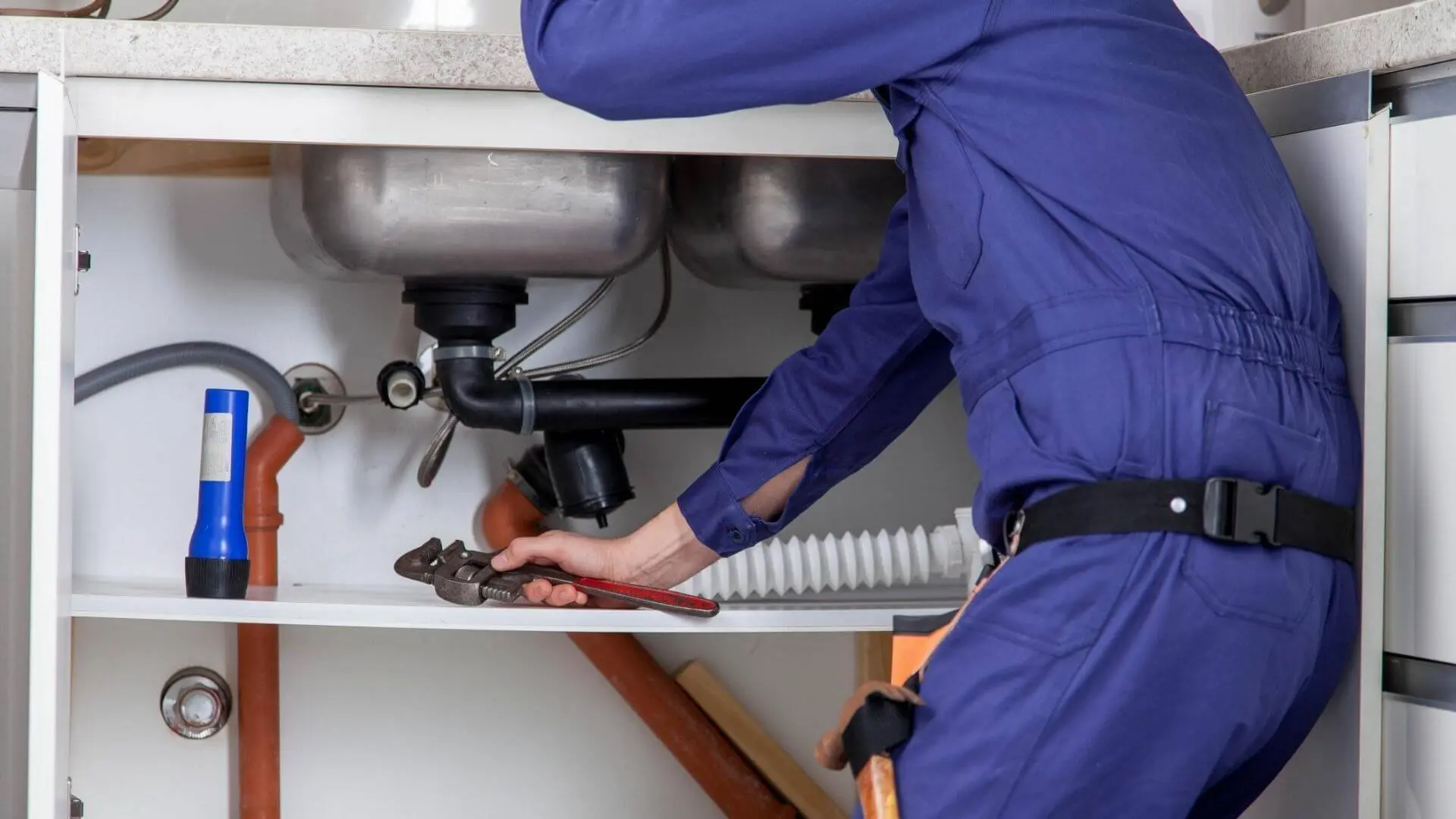
One of the first tell-tale signs of a water leak is a hike in your utility bills. A sudden hike in utility bills isn’t expected. So, if you notice an increase in the bill, there might be a leak in your home.
If the bathroom isn’t occupied, but you can hear the sound of trickling Water, there’s a leak in all probability. Hence, the first thing to do is check the outdoor fixtures, toilet valves, and faucets. If you are unable to detect it, call a plumber.
Low water pressure is also one of the signs of a leak in your home. If it happens occasionally, it isn’t an issue. But, if it is a regular thing, it might be a severe leak. So, if you notice low water pressure, know there’s a leak.
There’s a sewer leakage when you notice puddles of Water beneath the sink. Initially, it might not be easy to detect. But, with time, it becomes noticeable. If you see water accumulating beneath the sink more often, you know there’s a sewer leakage.
This may happen outdoors in the backyard or the garden, which means there’s a leak in the underground pipe. Hence, calling a plumber is the best bet.
If you’ve sprayed room fresheners several times to drive the foul smell away from your space but failed, then it’s time to check for mould and mildew. When there’s a leak behind the wall, these grow, emitting foul odours.
Initially, they might not be visible to the eyes. But, if you notice such musty or foul odours, it’s best to call a plumber to be on the safe side.
Detecting water leaks at home is easier said than done. Hence, leaks need to be pinpointed to their exact location. Detection is handy for all kinds of leaks, whether big or small.
Those who aren’t aware of detecting leaks tell us what it is. Put detecting leaks is a method that plumbers and plumbing companies commonly use to trace the exact location of any household.
Sensor rods, tracer gas, and electro-acoustic leak detectors with microphones are advanced equipment used to determine the leak.
One of the best things about utilising advanced equipment is that you don’t have to tear down the walls or rip up the lawns to detect leaks. These techniques are harmless and avoid damaging your property.
One example of this is a hydrostatic Pressure Test. This is a practical pressure test on a structure’s sanitary sewer system. It can detect any water leaks or multiple leaks simultaneously that may exist in an underground plumbing system. This test involves placing an inflatable test ball into a structure’s main line sewer cleanout. It is then inflated and obstructs the main sewer line. The plumbing system is then filled with water up to its slab level. The Water is observed for approximately 20 minutes. Should the plumbing system not be able to go up to the slab level or the water recedes, there is evidence of water leaking.
Another method, Static Leak Isolation, uses a combination of hydrostatic pressure testing and video inspections. This approach visually examines the sewer system and employs inflatable balls to pinpoint the leak precisely.
A small leak can turn into an expensive issue if left unchecked. Trickling water, leaky taps, or a running toilet might appear trivial at first, but over time, they can lead to damage that’s more severe than you might expect.
To avoid such issues, it’s best to tackle water leaks initially. Here are some of the reasons why early water leak detection is essential.
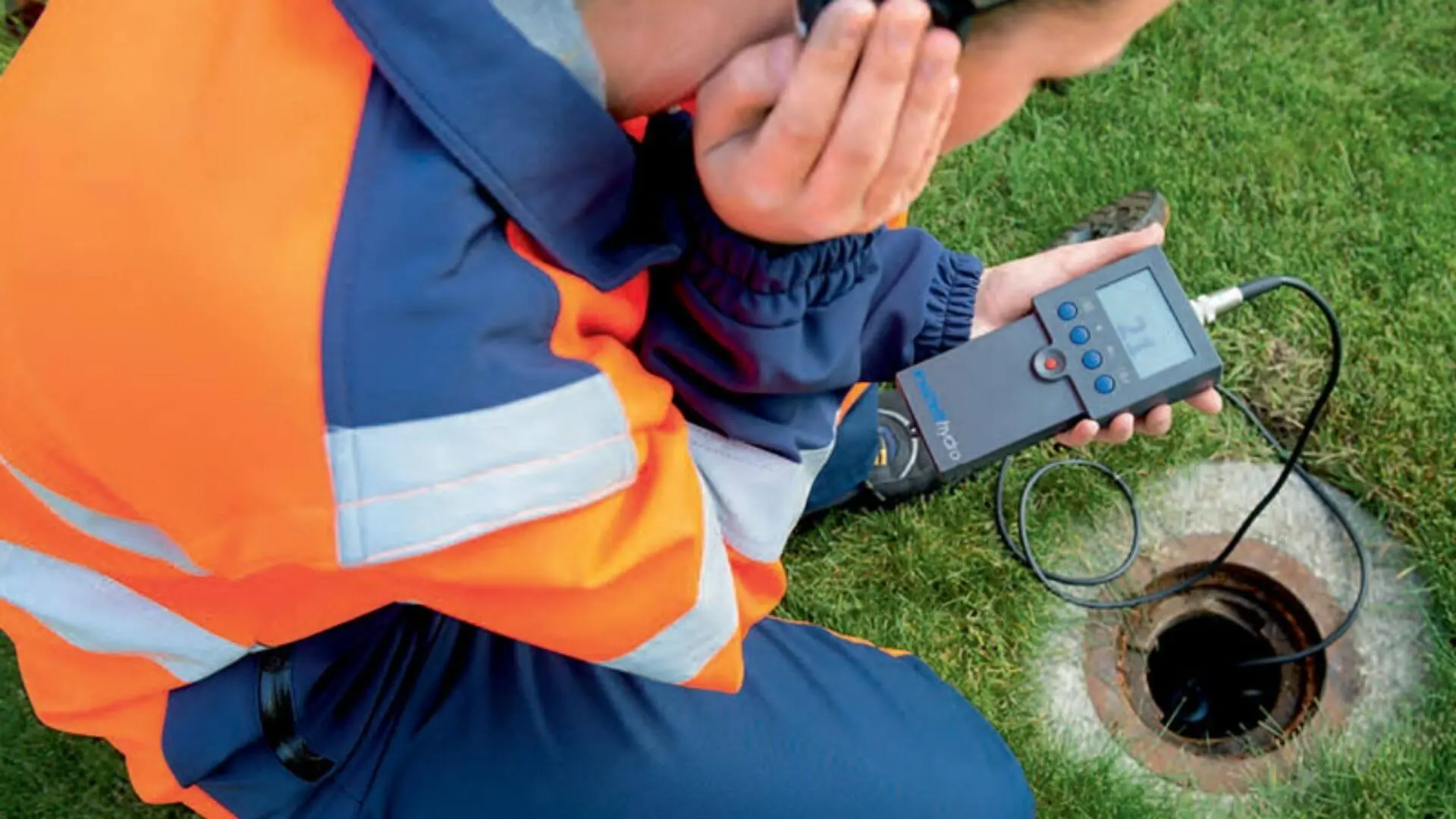
Early detection can prevent damage to the structure or foundations if there’s an underground leak in the garden, fixture, or pool. Once detected, the plumbers can quickly fix the problem by replacing or relining the pipes, if need be. Hence, you’ll be saved from the additional costs of building the structure again.
Whether the leak is beneath the floor, above the ceilings or behind the walls, early water leak detections will help you save the cost of renovating the property. If the leak’s location is detected in the initial stages, you won’t have to go through the hassles of installing new flooring or remodelling the wall.
Thus, you’ll only have to pay for the plumbing costs and not fix the entire property. So, early water leak detection is a bonus for homeowners.
Indeed, water leaks cause structural damage. But, a lesser-known fact is that they cause asthma and respiratory issues for homeowners. Mould and mildew develop in damp areas and can further cause allergic reactions. So, to be safe, you must call a plumbing company for early water leak detection.
With that, we finally reach the end of our guide.
Leak detections are perfect for tracing leaks’ location at home or in the office. With an accuracy rate of 90%, leak detection techniques are reliable. Additionally, such non-invasive methods are cost-effective options for detecting leaks.
We hope we can clear your doubts regarding the accuracy of leak detections. Since leaks can cause potential damage to your property, it is always in your best interest to contact a plumbing company to trace and fix leaks at home. If you live in Melbourne, speak to WP Plumbing. We have the latest technology and equipment for fast, affordable leak detection services.
Take care, and stay safe till we meet again!
Are you wondering about the common causes of low water pressure in the house? Follow our guide as we discuss how you can identify the cause of our water pressure issue.
Have you noticed a leak coming from your gutter? Whether it is due to a blockage or wear and tear, find out how to fix it before it causes costly damage!
Say goodbye to leaking taps and high water bills. Our ultimate guide walks you through replacing tap washers and preventing future leaks like a pro. Find the tools, materials, and techniques needed to replace a tap washer and end the annoying drip of a leaking tap.
